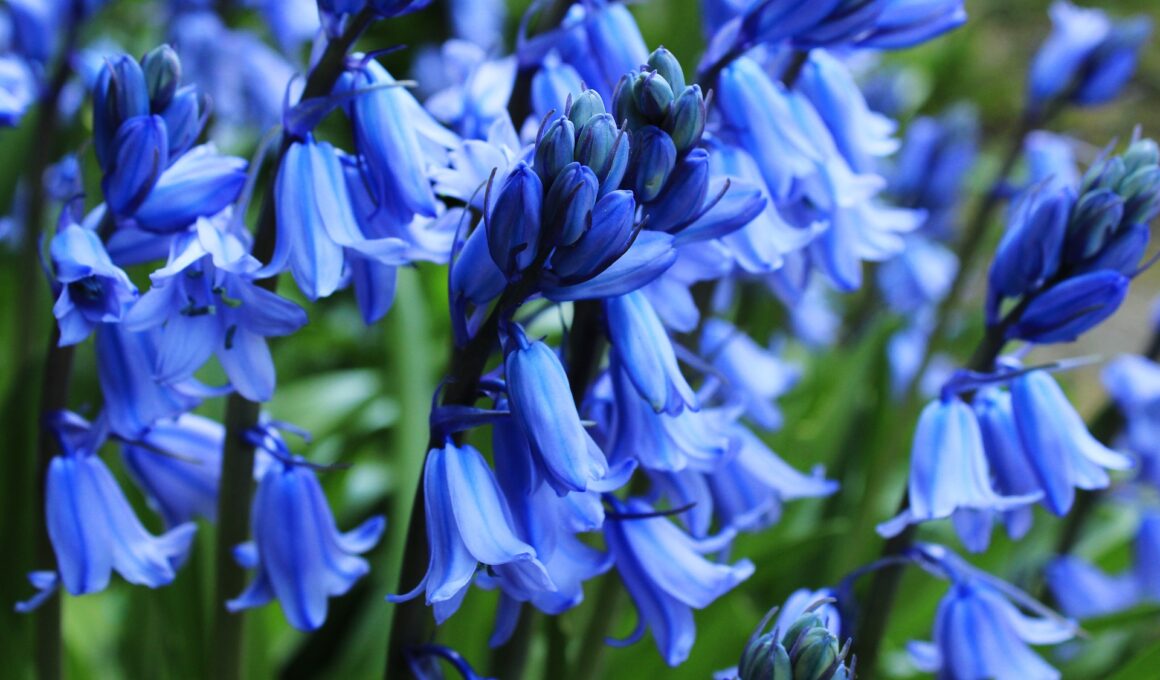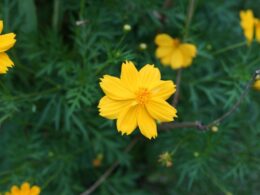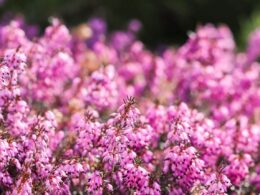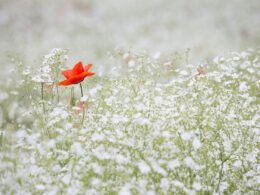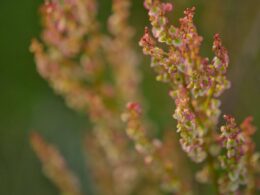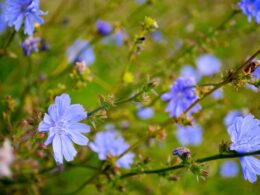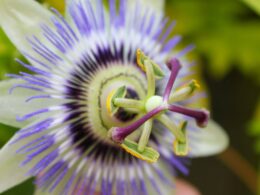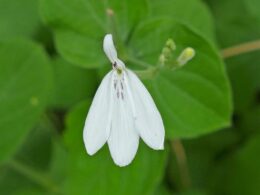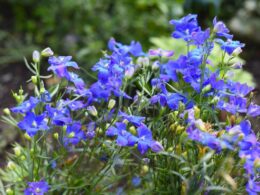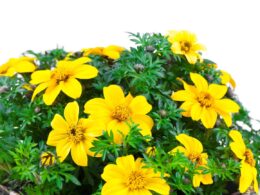Dogbane Flower: Eastern Bluestar Introduction
Amsonia Tabernaemontana, commonly known as blue star flower, is a native perennial that that is also called the dogbane. It is found in woodlands, prairies, savannas and along streams and rivers in the central and southeastern United States. The blue starflower gets its name from its blue, star-shaped flowers, which appear in late spring and early summer. The plant is also known for its attractive blue-green foliage, which turns yellow in fall.
It has slender, willow-like leaves that are green in the summer and turn a golden-yellow color in the fall. The blue star flower is relatively easy to care for and does not require much pruning. However, if you want to promote more prolific flowering, you can prune the plant back hard in late winter or early spring. Doing so will remove any old, woody stems and encourage new growth, which will result in more flowers. So if you’re looking for a low-maintenance plant that still puts on a stunning show, consider adding the blue star flower to your garden.
Native Plant’s (Amsonia Tabernaemontana) Care
If you’re looking to add a splash of blue to your garden, then growing blue star flowers is a great option. These beautiful blooms are perfect for adding color in the fall, when many other flowers have faded. Plus, they’re relatively easy to care for.
The blue star flower’s beautiful blooms make a great addition to any outdoor space. Here’s everything you need to know about plant care and growing blue star flowers! You will need blue star flower seeds, pots or containers, potting soil and water. Then follow these steps:
- Fill your pots or containers with potting soil and lightly tamp down.
- Sow your blue star flower seeds on the surface of the soil, spacing them about an inch apart.
- Gently water the seeds, being careful not to disturb them.
- Place the pots in a sunny spot and keep the soil moist.
- In about two weeks, you should see sprouts emerging from the soil.
- Once the seedlings are big enough to handle, thin them out so that only the strongest plants remain.
- Continue to water and care for your blue star flowers throughout the growing season.
The Eastern bluestar is a low-maintenance plant that is tolerant of drought and deer. It attracts pollinators like bees and butterflies and makes an excellent addition to any garden. It is also a larval host plant for the urn-dart moth (Acontia Amoena).
Harvesting
Blue star flowers can be harvested beginning in late summer and into fall. To harvest, cut the stems at an angle just below the flower head. Store your blue star flowers in a cool, dry place until you’re ready to use them. These flowers are followed by white fruits that are attractive to birds. The blue star flower is a deciduous plant, meaning it will lose its leaves in winter. Deer and rabbits avoid this plant, making it a good choice for gardeners who have these animals in their farm.
University Research About the Blue Star Flower
The University of Wisconsin-Madison is one of the leading research universities in the US. The University got its start in the second half of the 19th century. It’s well known for their blue star flower research. The university has a long history with the blue star flower and has been studying it for many years.
The university is also working on ways to improve the Amsonia plant so that it can be used by more people. The university is doing a lot of work to help people who are affected by the blue star flower. Scientists are also working on ways to help the environment by helping to reduce the amount of blue star flowers that are grown. The university is working hard to make sure that the blue star flower is available to everyone who needs it.
How to Use Amsonia Tabernaemontana
The blue star flower is most commonly used in bouquets and floral arrangements. It can also be used in decorating wedding cakes and as a topper for other baked goods. The blue star flower is often used in basket weaving, as well. It can be used fresh or dried.
If you are looking for a plant that will add beauty to your garden and provide food for pollinators, consider the blue star flower. Blue star flowers make a beautiful addition to any fall garden. With their vibrant blue color, they’re sure to add some pop to your outdoor space. Give them a try this year and see for yourself how easy they are to grow and are tolerant of a variety of soil types and conditions!





